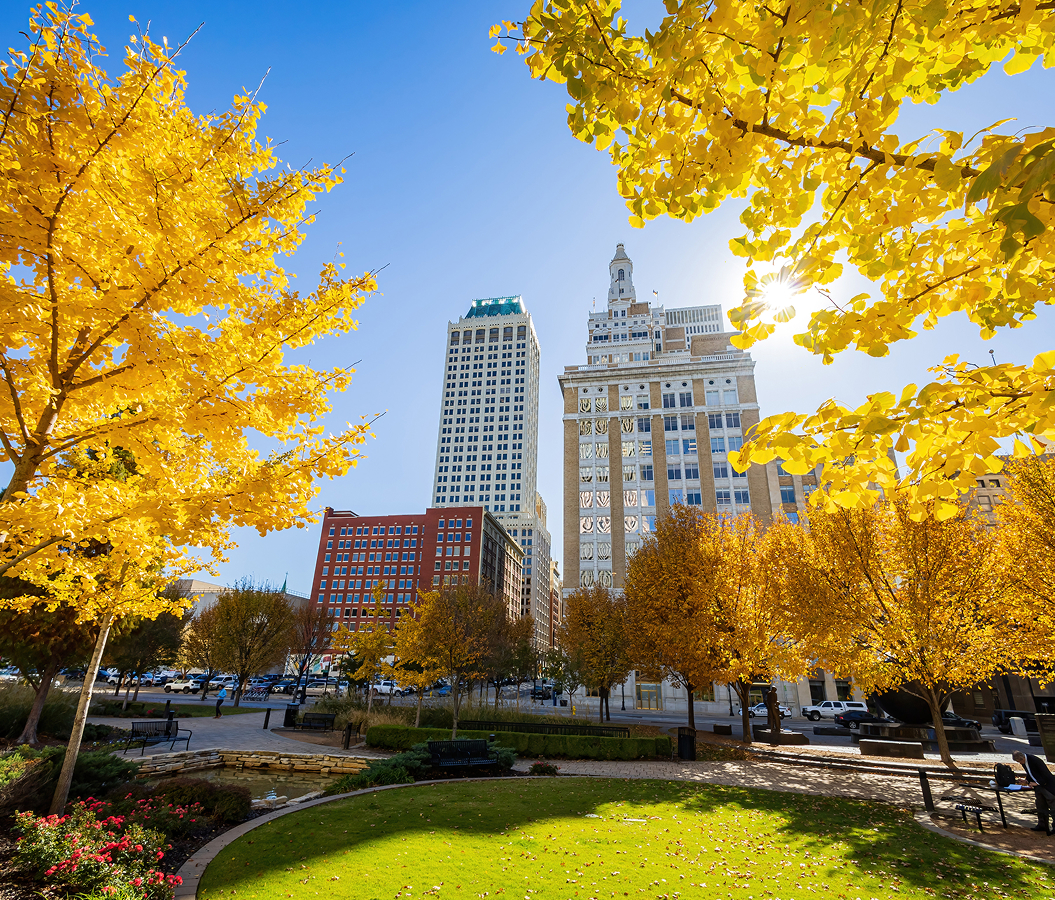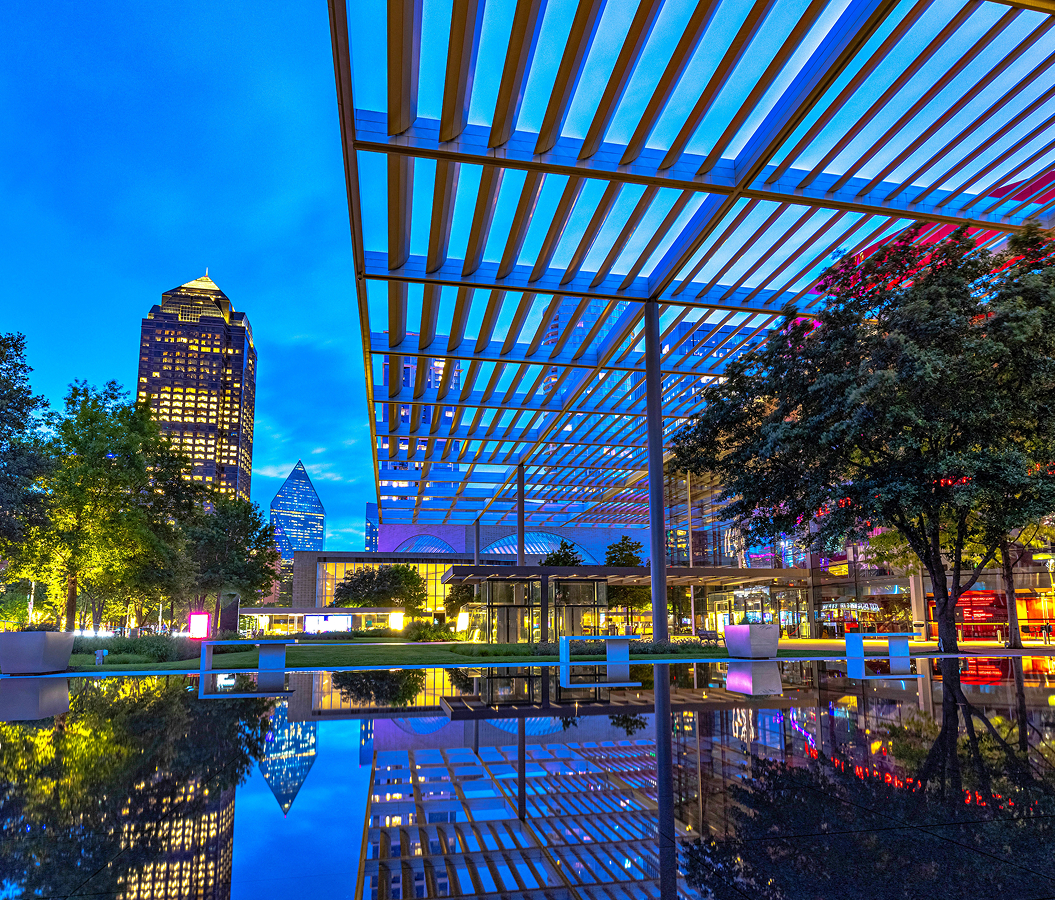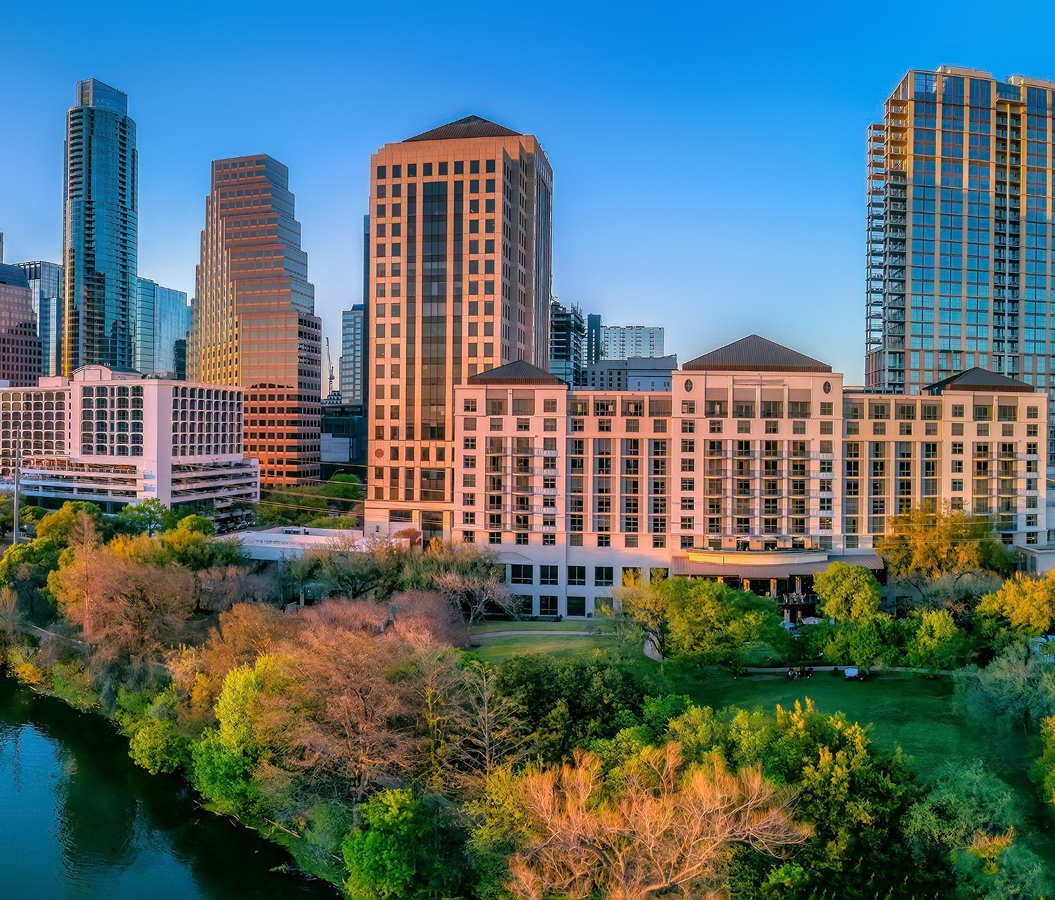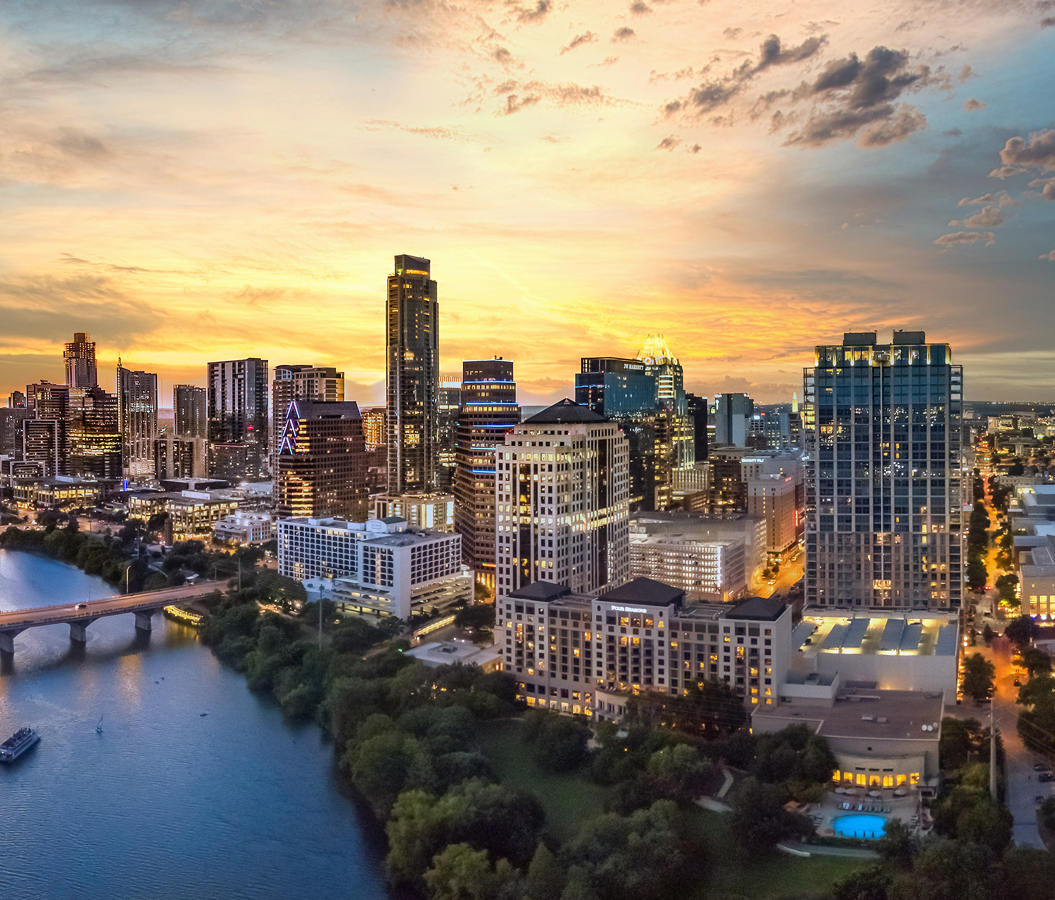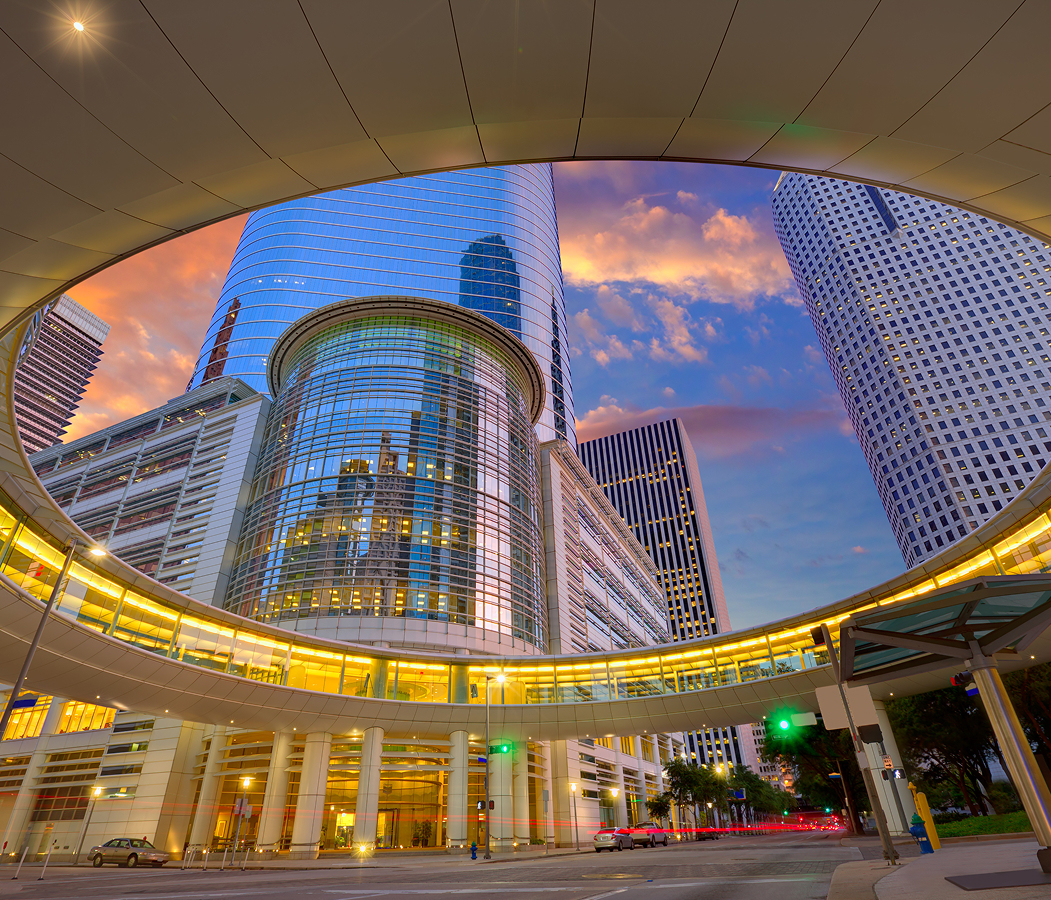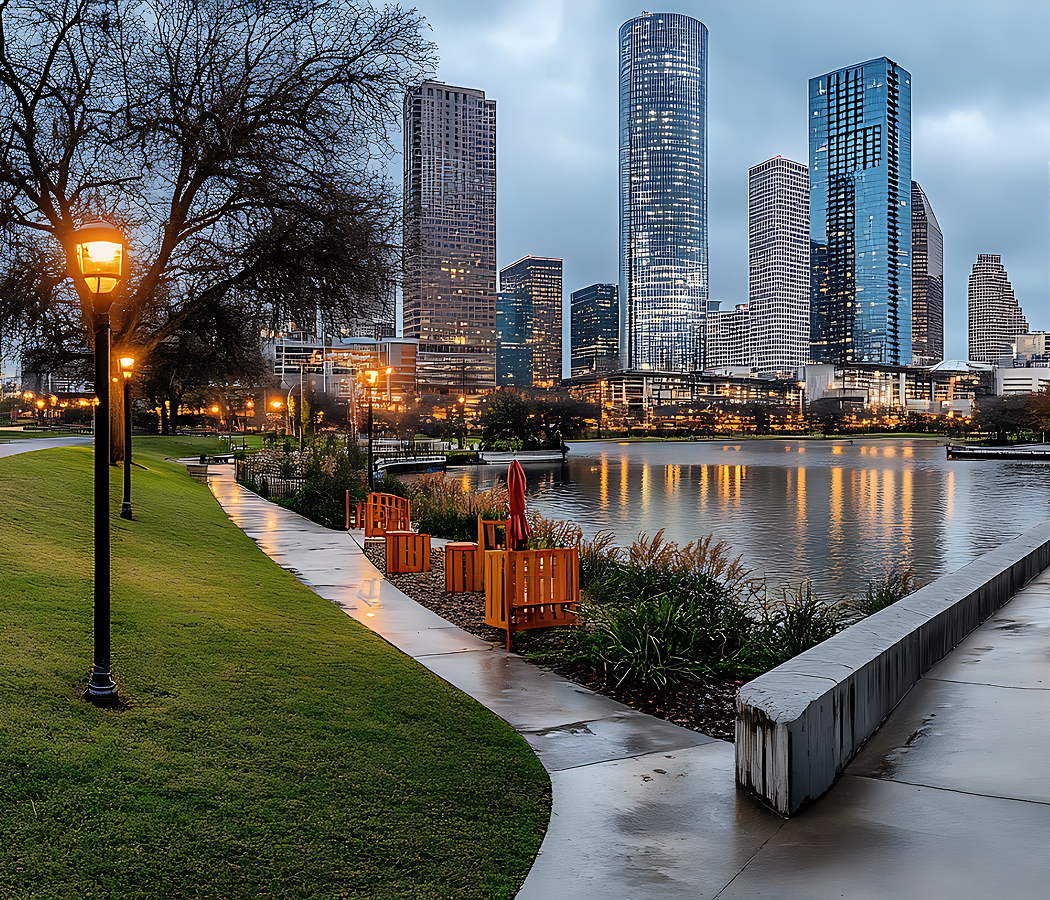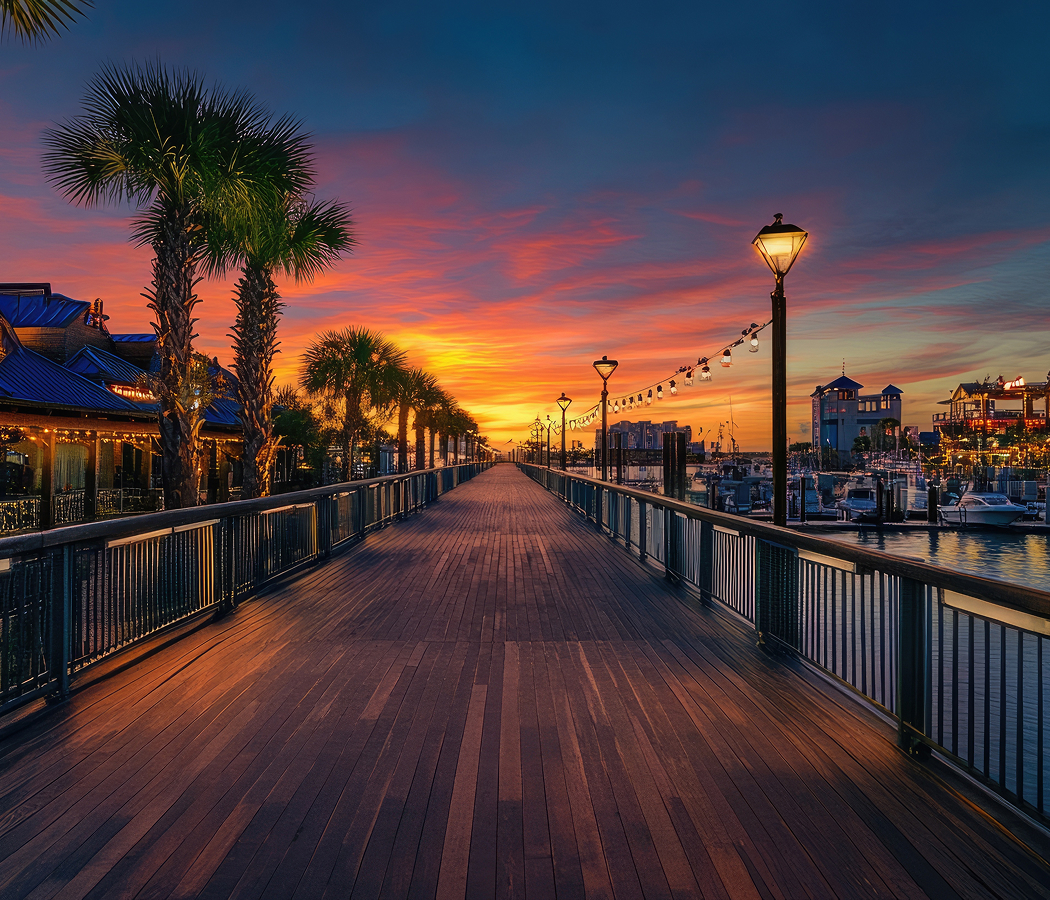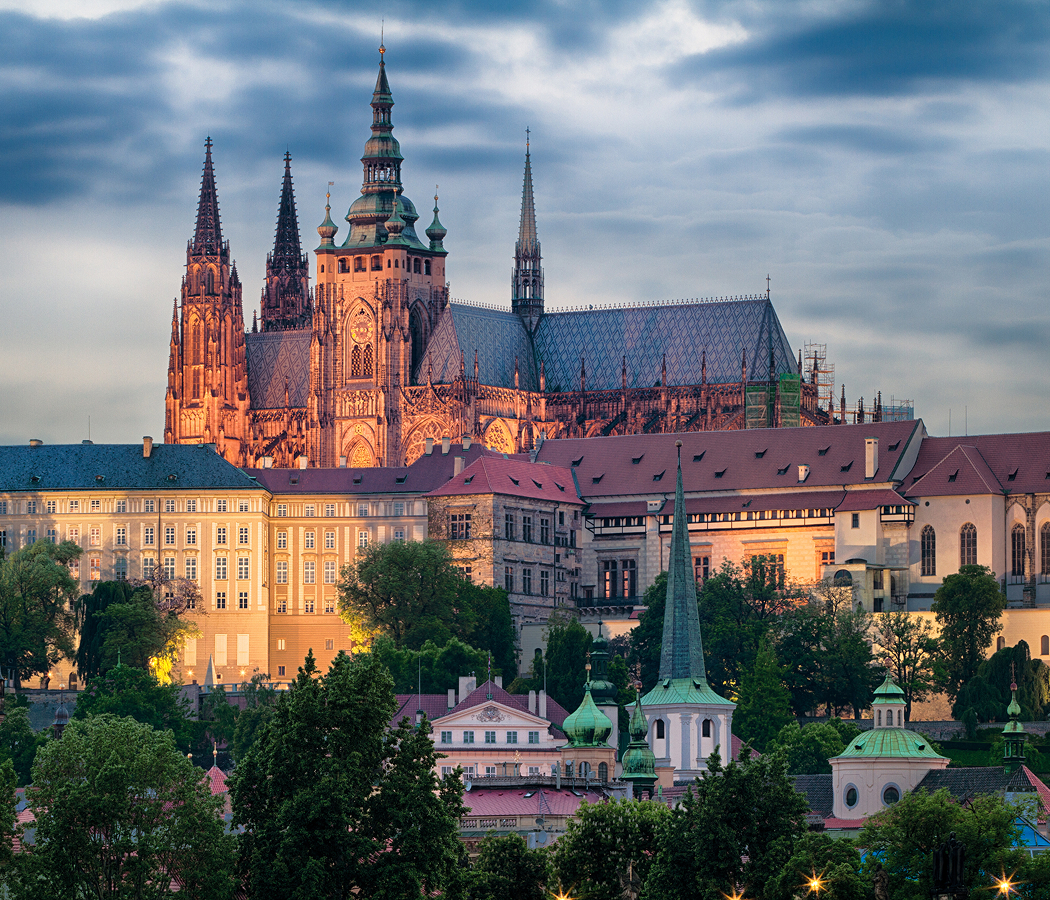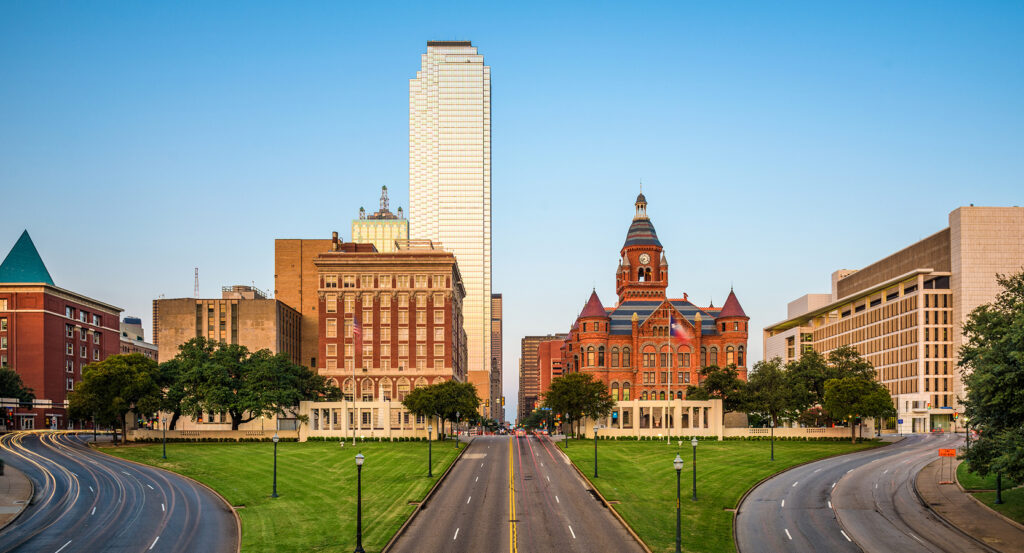
Why you should experience Dealey Plaza in Dallas.
At first glance, Dealey Plaza might seem like a simple intersection in downtown Dallas, a sweep of green lawns, fountains, and white concrete pergolas surrounded by traffic. But stand still for a moment, and the weight of history begins to unfold around you.
This is hallowed ground in America’s collective memory, forever linked to the tragic events of November 22, 1963, when President John F. Kennedy was assassinated here as his motorcade passed through the plaza. What was once a symbol of urban renewal has become one of reflection, a quiet, open-air memorial where the air still hums with echoes of that fateful day. Yet beyond the tragedy, Dealey Plaza also tells a broader story of Dallas’s evolution, from frontier trading post to modern metropolis, and of how cities carry their pasts within them. Standing on the grassy knoll or looking up toward the Texas School Book Depository, you sense that rare tension between beauty and sorrow, between what was and what remains. Few places in the world combine such calm scenery with such powerful history, and visiting Dealey Plaza is to experience both, a reminder of how moments in time can forever shape the identity of a place.
What you didn’t know about Dealey Plaza.
Though most visitors know Dealey Plaza as the site of JFK’s assassination, its origins reach much further back.
It was completed in 1940 as a Works Progress Administration (WPA) project, designed as the ceremonial gateway to downtown Dallas. Named after George Bannerman Dealey, a civic leader and publisher of The Dallas Morning News, the plaza represented optimism, a forward-looking statement of the city’s growth and modernity. Its clean Art Deco geometry, manicured lawns, and symmetrical fountains reflected the ideals of progress and pride that defined America in the mid-20th century. That sense of promise was shattered two decades later when the plaza became the stage for one of the most shocking moments in U.S. history. As the presidential motorcade turned from Houston Street onto Elm, three gunshots rang out, and the nation’s course changed forever. The Texas School Book Depository at the corner, from which Lee Harvey Oswald allegedly fired the fatal shots, now houses The Sixth Floor Museum, where exhibits trace Kennedy’s legacy, the investigation, and the enduring mystery surrounding that day. But Dealey Plaza is more than a crime scene, it’s a meticulously preserved landmark, designated a National Historic Landmark District in 1993. Every detail, from the pergolas to the reflecting pools, remains as it was in 1963, carefully maintained to evoke the moment when time seemed to stand still. Visitors often notice the two white Xs painted on Elm Street marking the spots where Kennedy was struck, understated symbols that continue to draw quiet crowds. What many overlook, though, is that the plaza’s design was always meant to inspire civic unity, a purpose that still lingers beneath its solemn history.
How to fold Dealey Plaza into your trip.
Visiting Dealey Plaza is both a historical pilgrimage and an invitation to pause, to reflect on leadership, loss, and the passage of time.
Start your visit at The Sixth Floor Museum, where multimedia exhibits immerse you in the Kennedy presidency, the events of November 22, and the era’s cultural climate. From the window on the sixth floor, you can look out onto the plaza itself, the same view captured in photographs that reshaped the nation. Afterward, step outside and walk the grounds slowly. Stand at the grassy knoll, where journalists and bystanders once gathered in confusion, and take in the symmetry of the space, the curving streets, the underpass, the steady flow of cars that pass as if unaware of the weight of history beneath their wheels. Stroll toward the John F. Kennedy Memorial Plaza, just a block away, where architect Philip Johnson’s minimalist cenotaph creates a stark, contemplative contrast to the chaos of that day. For a deeper appreciation, circle back in the late afternoon when the sun casts long shadows across the lawns and the white pergolas glow against the downtown skyline. You’ll find a paradoxical peace there, the same quiet that drew people to this spot long before tragedy marked it. Dealey Plaza remains not just a place of mourning, but a place of remembrance, where America confronts its past, honors its leaders, and learns to keep moving forward, one moment of reflection at a time.
Hear it from the Foresyte community.
Just normal city streets until your brain goes oh wait THAT happened here. You don’t plan a picnic here, but you do stop and stare at the buildings like they’re holding secrets.
Where meaningful travel begins.
Start your journey with Foresyte, where the planning is part of the magic.
Discover the experiences that matter most.

